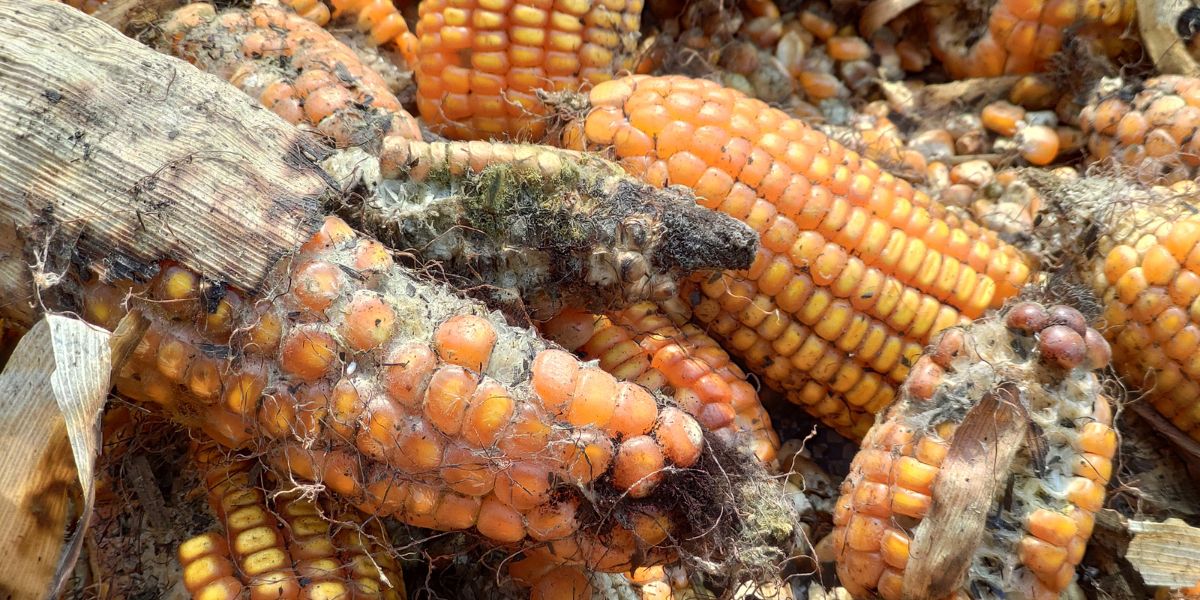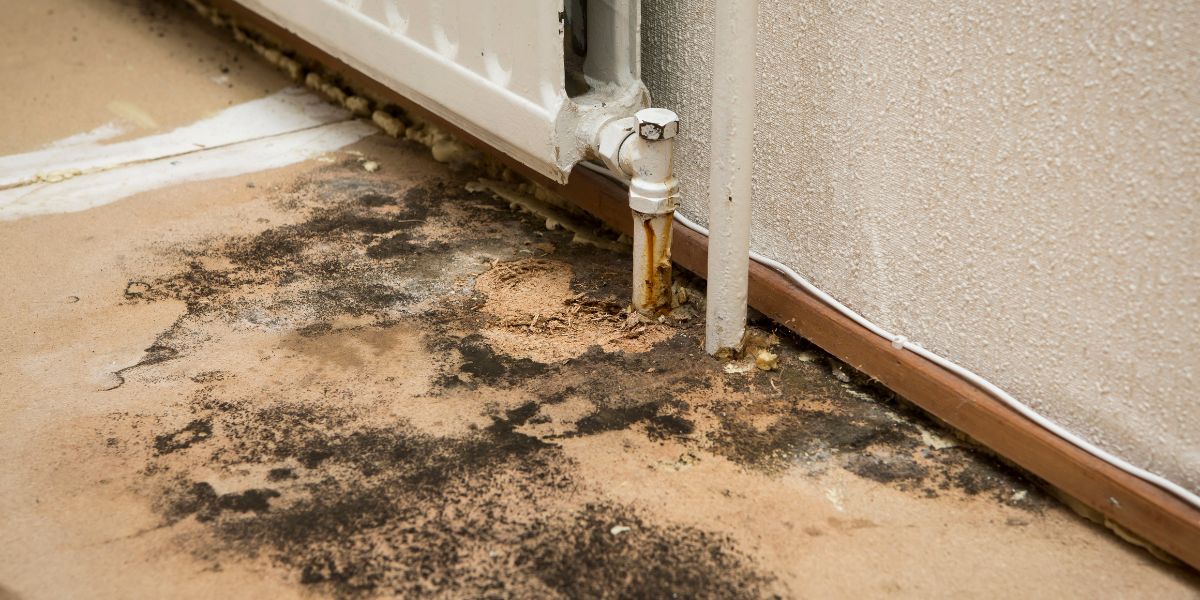Welcome back to our exploration of mycotoxins in Australia. This edition will delve into recent mycotoxins-related incidents, exploring outbreaks, their impacts, and the lessons learned. Understanding these incidents is crucial for implementing effective preventive measures and ensuring the continued safety of our food supply.

The Impact of Mycotoxin-Related Outbreaks
Recent incidents involving mycotoxins have highlighted their potential risks to food safety. Outbreaks can have far-reaching consequences, affecting both consumers and the agricultural industry. Examining the causes and effects of these incidents provides valuable insights into the challenges faced in preventing mycotoxin contamination.
Case Studies: Lessons from the Past
Let’s delve into specific case studies to better understand past mycotoxins-related incidents. By examining the circumstances surrounding outbreaks, we can identify common patterns, contributing factors, and areas where improvements can be made. This knowledge is instrumental in refining early detection, mitigation, and prevention strategies.
Case Study 1: A Water Damaged Home & Health of Occupants
In this particular incident, there was a study of 5 people and a dog who rented a water-damaged home in Maui. The property was tested for mould and bacteria. Read the case study on the link provided above. The report is highly detailed and explains what the occupants went through and many other details.
Case Study 2: Mycotoxins in Cereal-Based Products and Their Impacts on the Health of Humans, Livestock Animals and Pets
Another notable incident in Australia involved a scientific analysis of Mycotoxins: The case describes the chemical structures, sources, toxic effects and classification of six major mycotoxins: aflatoxins, ochratoxin A, zearalenone, fumonisins, trichothecenes and citrinin.
Occurrence and Co-Occurrence: The page reports the prevalence and levels of mycotoxins in unprocessed and processed cereal grains and products from different regions of the world, and highlights the issue of co-contamination by multiple mycotoxins2.
Acute and Chronic Toxicity: The page summarises the acute and chronic health risks of mycotoxins to humans and animals, such as cancer, liver and kidney diseases, immune suppression, growth impairment and reproductive disorders.
Air Quality Australia’s Role in Incident Response
In the aftermath of mycotoxin-related incidents, the role of testing and analysis becomes paramount. Air Quality Australia’s expertise in mycotoxin testing is crucial in incident response. Rapid and accurate testing is essential for identifying the extent of contamination, preventing further distribution of affected products, and implementing targeted measures to address the specific mycotoxin involved.
Air Quality Australia‘s swift response to incidents contributes significantly to public safety. By promptly providing accurate information on the types and levels of mycotoxins detected, they enable regulatory bodies and food producers to take effective actions, minimising the impact on consumers and the industry.
Collaborative Efforts for Prevention
Preventing mycotoxin-related outbreaks requires collaboration across the entire supply chain. Farmers, regulatory bodies, testing agencies, and the food industry must work together to implement preventive measures, share information, and respond effectively to incidents. Air Quality Australia’s collaborative efforts with various stakeholders contribute to a unified approach in safeguarding our food supply.
Ongoing communication and coordination are crucial components of this collaborative effort. Regular information exchange ensures that all stakeholders know emerging challenges, new testing methodologies, and best practices for mycotoxin prevention. This synergy helps build a resilient system that can respond effectively to potential threats.
Educational Initiatives: Empowering Consumers
Educating consumers about mycotoxin risks is a key component of prevention. Awareness campaigns and educational initiatives can empower individuals to make informed choices about their food. Air Quality Australia, as a leading testing agency, can play a role in disseminating information to the public, helping consumers understand the importance of proper food handling and storage.
Educational initiatives can cover a range of topics, including:
Understanding Mycotoxins: Providing simple explanations about mycotoxins and how they can impact health.
Safe Food Handling Practices: Offering practical tips on storing, handling, and preparing food to minimise the risk of mycotoxin exposure.
Recognising Contaminated Products: Educating consumers on identifying signs of potential mycotoxin contamination in food products.
Air Quality Australia builds a more informed and vigilant consumer base by actively engaging the public in these educational efforts.
Continuous Improvement: Adapting to Emerging Challenges
Mycotoxin-related incidents highlight the need for continuous improvement in testing methodologies and preventive measures. The dynamic nature of agriculture and food production requires adaptability in response to emerging challenges. Air Quality Australia’s commitment to staying abreast of the latest advancements ensures that their testing protocols effectively address evolving mycotoxin threats.
Advancements in testing technologies, such as more sensitive detection methods or quicker turnaround times, contribute to more robust incident response capabilities. By actively participating in research and development initiatives, Air Quality Australia strengthens its capabilities and contributes to the overall progress in mycotoxin testing science.

The Role of Regulations in Incident Prevention
Regulatory standards play a crucial role in incident prevention. By setting clear guidelines for mycotoxin levels in food products, authorities provide a framework for the industry to follow. Compliance with these regulations is essential for ensuring the safety of consumers. Air Quality Australia’s adherence to regulatory standards further strengthens the preventive measures.
Regular updates and revisions to these standards based on scientific advancements ensure they remain relevant and effective. The collaboration between testing agencies like Air Quality Australia and regulatory bodies is instrumental in shaping these standards and ensuring their practical application.
Lessons Learned and Future Directions
Every incident provides an opportunity to learn and improve. The industry can adapt and implement more robust preventive measures by analysing the lessons learned from mycotoxin-related outbreaks. Air Quality Australia‘s involvement in incident response contributes to this collective learning process, ultimately enhancing the safety of our food supply.
Looking Ahead
As we conclude our exploration of recent incidents related to mycotoxins in Australia. Stay tuned for our next blog on understanding mycotoxins indoors.

